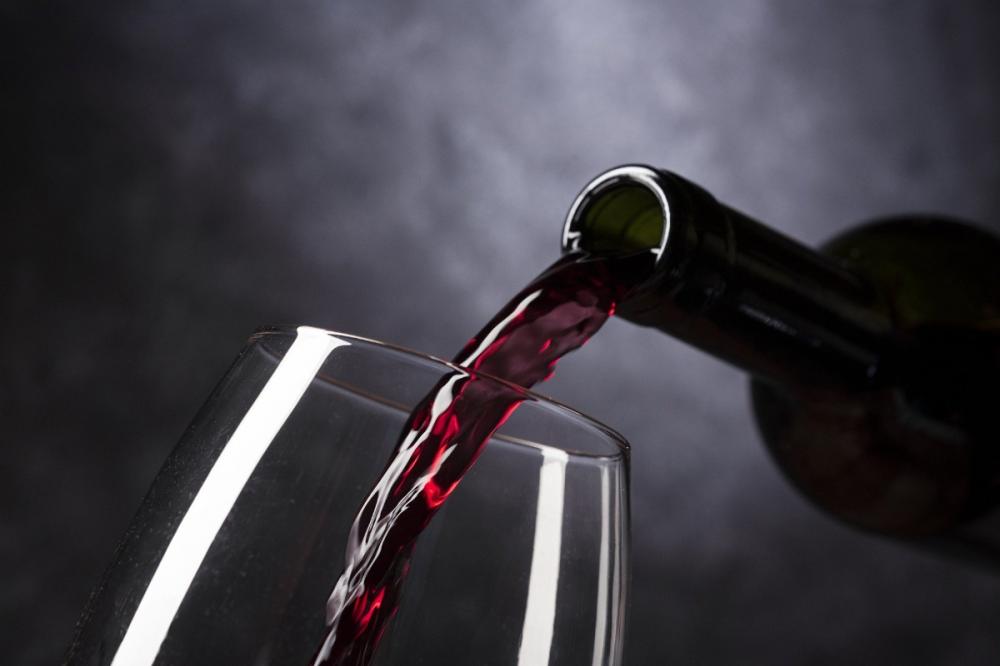search
date/time
 | Cumbria Times A Voice of the Free Press |

The Aperitif Guy
Features Writer
@AperitifGuy
6:18 AM 3rd July 2021
lifestyle
Weekend Food & Drink: Dinner Party Style 4 Wine and Food Matching

Image by Adriano Gadini from Pixabay
What I write is the fruit of over 35 years of serving food with wine and trying to pair them in such a way that both are experienced at their best. I learn something every time I open a bottle, every time I read another writer’s opinions, every time I go to dinner at a friend’s house. I hope my words offer something you haven’t thought yet; perhaps a few simple pointers if you are new to this style of entertaining, perhaps an unusual recommendation if you’re feeling a bit jaded with it all.

Forget “driest first, sweetest last.” These are but advice. What matters is what delights the diner. If that is a £100 bottle of Sauternes with their game casserole, who am I to argue? If it’s dry Cava with a cream cake that pleases your palate, go ahead; enjoy. I can describe to you the effect a certain wine might have on the taste of a certain food, or I can tell you what has pleased many of my guests, but I can’t tell you with certainty what you will enjoy. So play with your matches. Use my suggestions as a springboard, but try out other combinations and see how they play out on your palate.

Image by Omi Sido from Pixabay

Acidity is another key factor to consider. Rich foods like pâtés and dishes finished with cream or butter cling to the mouth and make it difficult to taste anything else. A more acidic wine will break through that fattiness and is likely to be experienced as refreshing and tasty. That’s the reason sweet but acidic wines from western France are often served with foie gras. A wine with low acidity, such as a gewurztraminer from Alsace may seem a little insipid with rich food but will taste fruity and floral if served with fermented or marinated foods.
It’s hard to define exactly what we mean by “body” in a wine. I suppose it really comes down to the intensity of flavour. This is where the old “red wine with red meat” adage comes from. A lot of our popular red wines are very full bodied. They have an intense flavour, backed up by a lot of tannin, the substance that gives some younger wines that drying feeling in your mouth. If you don’t know what I mean, have a swig of some strong, black tea: that’s tannin. Obviously, if you’ve spent good money on a nice, full red, you want to show it off at its best.

Finally, and this is the hardest point to define, remember that I said in my last article that serving food in courses is like telling a story? Your wines need to be part of that story. Sometimes, it’s best that the wines take a back seat. If you’ve got a star dish to show off, you might want to avoid a showy wine. If the dish has lots of flavours going on, I’d suggest you pair it with a fairly simple wine, so you’re not adding even more flavours.
Some wines – young reds, sparkling whites – feel innately “frivolous,” whereas older wines and fuller bodied ones have a “seriousness” about them that might not suit the occasion or the feel of the dish. Be bold, then, and break the supposed rules. It’s your dinner, your stage on which to dance. Be creative and playful, and I’d love to know what combinations you discover in the process.
Writing as The Aperitif Guy, Paul Fogarty maintains a popular food & drinks blog, which can be found at blog.theaperitifguy.co.uk